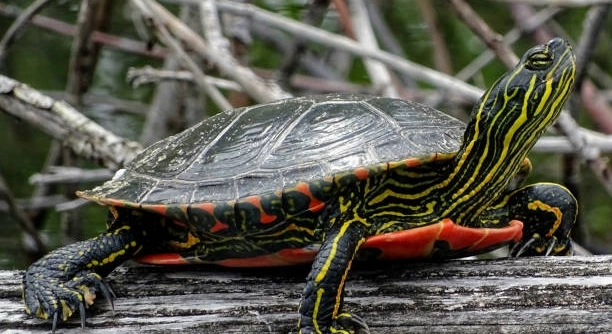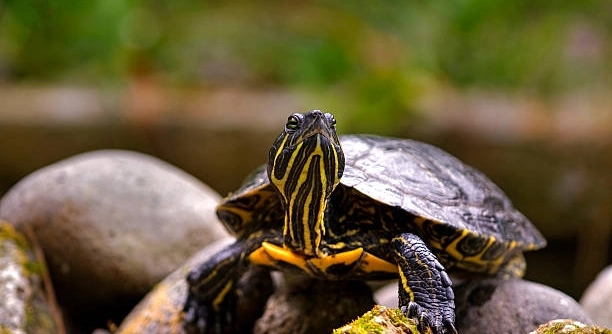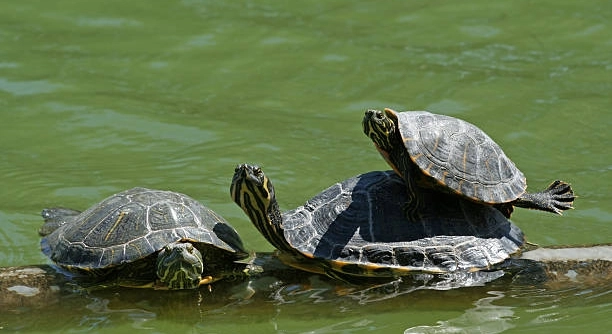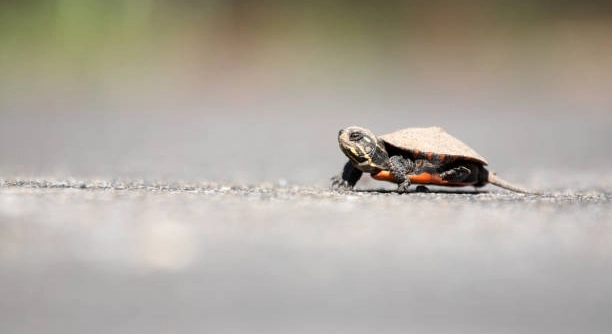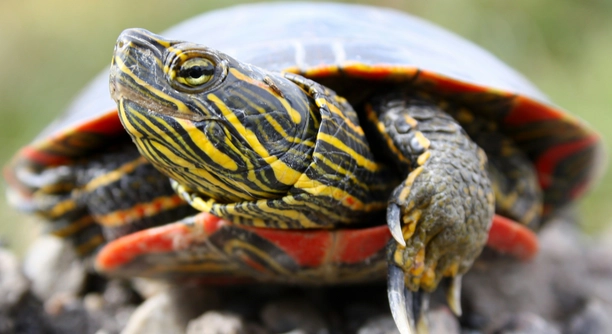Why Is My Painted Turtle Losing Its Bright Shell Colors?
Is your painted turtle losing its vibrant shell colors, leaving you concerned about its health and well-being? The loss of bright colors can be caused by aging, improper diet, lack of UVB exposure, or even illness. Understanding what’s behind the fading colors can help you take better care of your turtle and address potential health … Read more

